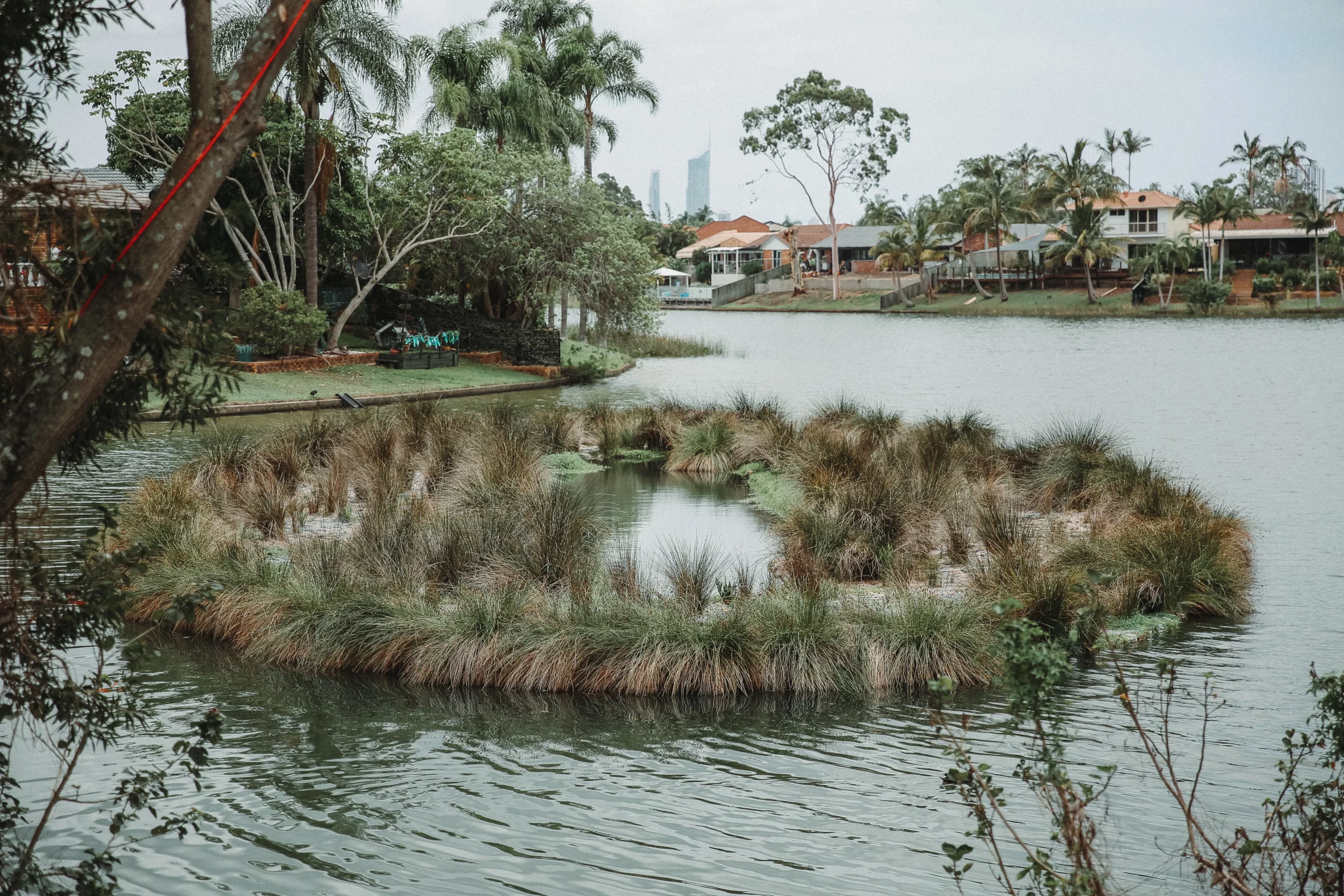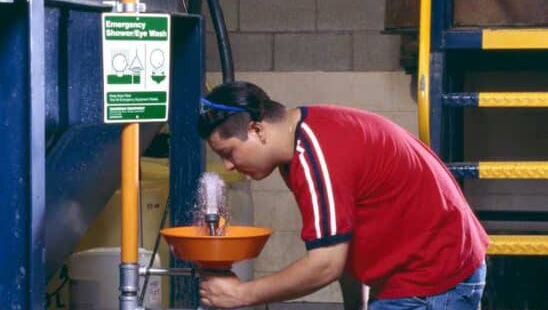Stormwater management is an essential part of any workplace that manages liquids or debris that could cause potential harm to humans or the surrounding environment. Stormwater management strategies are crucial for the improvement of water quality.
What is Stormwater Management?
Stormwater management is the effort to reduce the runoff of rainwater into streets, lawns, and groundwater. When stormwater hits the ground, it is absorbed and filtered through the ground and into aquifers and streams. This doesn’t become an issue until stormwater comes too quickly for the ground to absorb. The water will run across the surface of the ground carrying debris, bacteria, chemicals, and other pollutants that can be carried into wetlands, streams, and rivers. This, in turn, will end up in drinking water and in the habitats of many species.
Why is Stormwater Management Important?
Stormwater management is important because it affects the water quality that people drink and our water quality affects our health in a vast array of ways. It also affects the animals and organisms living in streams, wetlands, and lakes. When pollutants enter these habitats, the effect on the organisms living there can be damaging. Vegetative areas, woodlands, and wetlands can trap water and pollutants that slow the flow of stormwater runoff. When urban and suburban development increases, builders remove these natural buffers and stormwater is allowed to flow more freely into our waterways, along with the damage to organisms comes the damage to their habitats as well.
Damages to Humans
Chemicals in drinking water can lead to an array of short-term and long-term effects. These chemicals can increase cancer risk, reproductive problems, kidney and liver function, eye health, and many other issues. Stormwater runoff can also lead to flooding in urban and suburban areas.
How does Stormwater Management Help?
Impervious surfaces, such as footpaths and roofs, prevent these stormwaters from soaking into the ground. In developed areas, water will run into storm drains, drainage ditches, and sewer systems. This can cause erosion, flooding, an excess of muddiness, sewer system overflow, and damage to infrastructure.
Stormwater designs and environmental management practices capture and reuse the stormwater to maintain the natural distribution of water. The primary purpose of stormwater management is to detain the water and remove pollutants. The way to do this is with pervious surfaces that are porous and allow water to soak into the ground. Culverts, gutters, storm sewers, and piped drainage are all examples of infrastructure that can protect and mimic natural water cycles.
What are the Best Stormwater Management Practices?
There are many different ways to manage stormwater runoff. From installing a drain filter that can catch and filter pollutants out of the water to a simple drain cover, there are many ways in which we can keep our waterways free from contamination. No worksite wants oil spills or chemical spills, but sometimes it is inevitable. Having the best measures and practices in place will keep the environment and ourselves safe.
Drain Filter
Drain filters are devices that catch and filter stormwater runoff, debris, and sediment before they enter water systems. When they function properly, they prevent pooling and flooding, which preserves water resources. With a drain filter like DrainSAFE™, you will be able to stay within federal regulations.
Boom Barriers
Floating boom barriers can be a temporary or permanent solution to floating particles such as floating debris, plastic, and litter. Designed to form a barrier, the debris is easily collected from the top while still allowing for water to flow through. Because of the horticultural shade cloth, the water can be filtered through while still leaving behind any plants or debris.
Drain Catch
Similar to the drain cover, a drain catch is used underneath the grate and unlike the drain cover, it allows for water to be filtered through. This is best used in cases with debris and sediments that could be dangerous in waterways.
Renew Solutions Are Your Stormwater Management Company
Stormwater management is so important to keeping our waterways clean and pollutant-free. With our wide range of stormwater management products, there is something for everyone. If you’re looking for a simple drain cover or something more permanent, like a drain filter, we have you covered. At Renew Solutions, we offer solutions to oil spills and chemical spills by providing a means of containing them.
If you need any recommendations for the right solution for you, contact us and we will help you determine the best fit.


